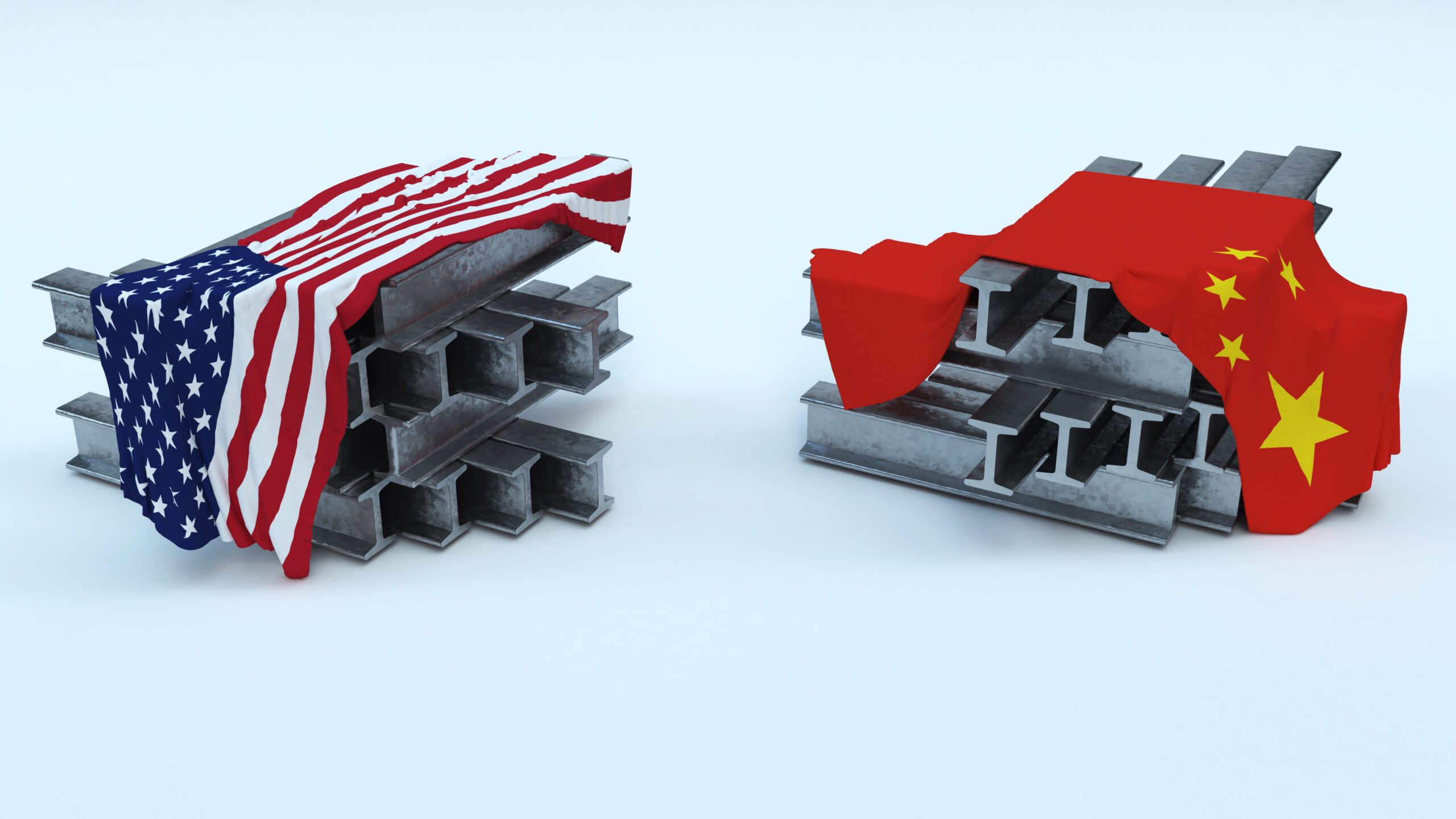China’s export figures for April reveal a stark decline in shipments to the United States, underscoring the deepening impact of the ongoing trade war between the world’s two largest economies. According to customs data released on Friday, China’s outbound shipments to the US fell to $33 billion last month, marking a steep 21% drop from the $41.8 billion recorded in April 2024. This sharp decline coincides with the implementation of stringent tariffs imposed by the Trump administration, which have sent shockwaves through global trade corridors.
Impact of Tariffs on Bilateral Trade
The trade figures paint a clear picture of the strain on US-China trade relations. The US has levied tariffs as high as 145% on a wide range of Chinese imports, a move intended to address trade imbalances and intellectual property concerns. In retaliation, China has imposed its own set of counter-tariffs, including a 125% duty on most US imports, effectively escalating the trade conflict.
The financial consequences are apparent. With the US accounting for approximately 14.7% of China’s total exports last year, a prolonged trade dispute could significantly erode China’s economic growth. Economists at Nomura estimate that if Chinese exports to the US are halved, the resulting economic shock could shave as much as 1.1% off China’s GDP, with ripple effects likely to extend into the services sectors that support merchandise exports.
China’s Strategic Shift in Trade Partnerships
Despite the dramatic fall in US-bound shipments, China’s overall exports managed to grow by 8.1% in US dollar terms in April. This stronger-than-expected performance was largely driven by robust demand from Southeast Asia and Europe, where exports surged by 21% and 8% respectively. This diversification strategy underscores Beijing’s efforts to reduce its dependence on the US market amid ongoing trade tensions.
“Since the beginning of this year, all regions and departments have worked together to effectively respond to external shocks, promote the continuous recovery of China’s economy, and continue the steady growth of foreign trade,” said Lv Daliang, director of the statistics department at the General Administration of Customs, in a statement to state broadcaster CCTV.
US Economy Also Feeling the Strain
The effects of the tariff battle are not confined to China. The US economy contracted in the first quarter of this year, its first downturn in three years, partly due to businesses stockpiling goods in anticipation of Trump’s so-called “Liberation Day” tariffs. These tariffs, which took effect in April, have increased costs for US companies reliant on Chinese imports, adding further pressure to an already slowing economy.
Adding to the complexity, the US consumer market is beginning to feel the pinch as well. Higher import costs are expected to lead to price hikes and potential shortages for a wide range of consumer goods, from electronics to household items, as the full impact of the tariffs filters through supply chains.
Diplomatic Efforts and Uncertain Outcomes
Top US trade officials, including Treasury Secretary Scott Bessent and Trade Representative Jamieson Greer, are set to meet with their Chinese counterparts in Geneva this weekend for talks aimed at de-escalating the trade conflict. However, expectations remain tempered. Bessent has suggested that a comprehensive deal remains unlikely, indicating that the talks will focus primarily on reducing immediate tensions rather than resolving the broader economic standoff.
Trump, for his part, has remained characteristically unpredictable on the issue. When asked if he would consider lowering tariffs if this weekend’s talks yield positive outcomes, he responded, “Well, it could be… I mean, we’re going to see. Right now, you can’t get any higher. It’s at 145, so we know it’s coming down.”
Deep-Rooted Economic Challenges for China
Beyond the immediate impacts of the trade war, China faces a host of domestic economic challenges that complicate its ability to weather prolonged trade tensions. The country’s property market remains under significant pressure, and consumer spending has been sluggish, further straining overall economic growth. Despite these challenges, Beijing continues to prioritize export growth as a critical driver of economic stability.
Nomura’s economists have highlighted that around 2.2% of China’s GDP is directly exposed to US tariffs, a figure that underscores the high stakes involved in the ongoing trade negotiations. Should trade volumes continue to decline, the resulting economic slowdown could ripple through global markets, affecting industries ranging from manufacturing to technology.
Conclusion: High Stakes at the Negotiating Table
As the US and China prepare for another round of high-stakes trade negotiations, the stakes could not be higher. For Beijing, the challenge lies in balancing domestic economic stability with its strategic need to reduce reliance on US markets. For Washington, the task is to recalibrate its trade policies in a way that addresses longstanding grievances without triggering a broader economic downturn.
With both sides deeply entrenched and the global economy in the balance, the outcome of these talks will be closely watched by businesses, investors, and policymakers worldwide. The next few months could prove pivotal in shaping the future of US-China economic relations, with significant implications for global trade and financial stability.



